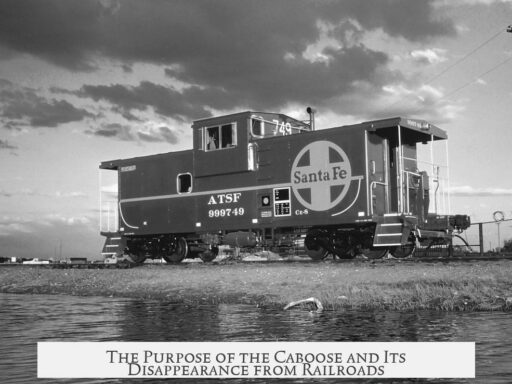Chicago’s historical importance to America stems from its strategic geographic location, transportation innovations, industrial development, and cultural impact, which together fueled its growth into the country’s third most populated city.
Chicago sits at a critical juncture where the Great Lakes watershed meets the Mississippi River watershed. This unique natural portage once allowed indigenous peoples to travel between these two vital water systems. Later, French explorers recognized this linkage as a key trade route, marking Chicago as a central hub well before European settlement took root.
This geographical advantage positioned Chicago as a gateway between the agricultural Midwest and the rest of the nation. As America’s frontier expanded in the early 19th century, efficient shipment of goods became essential. Chicago emerged as a natural transshipment point, connecting inland grain and lumber producers to East Coast markets through the Great Lakes and the Erie Canal system.
The arrival of railroads in the 1840s profoundly accelerated Chicago’s growth. Rail lines linked Chicago to the expanding American interior, making it the central hub of the nation’s rail network. The combination of water and rail transport cemented Chicago’s role as a critical nexus for moving people and goods across the country.
Chicago’s economic base grew around processing raw materials sourced from the surrounding region. Lumber was milled here before shipment, grains were processed, and the city became famously known for its meatpacking industry. This concentration of industrial processing relied on Chicago’s transport links to reduce shipping costs and streamline production.
Moreover, Chicago developed the nation’s largest commodity and futures markets, turning it into a major financial center. The city’s markets helped stabilize prices and manage risks for agricultural and industrial goods. This financial sophistication complemented its industrial base and encouraged further investment and economic diversification.
The city’s rapid industrial growth attracted large waves of immigrants who provided the labor needed for its factories and infrastructure. This continuous population influx made Chicago a vibrant cultural melting pot and ensured a steady workforce to sustain its expanding economy. Businesses and industries clustered here due to economic momentum, further boosting urban development.
On a cultural and historical level, Chicago represents the archetype of the modern American city. It was among the first to embody the forces of industrial capitalism and globalization shaping the United States in the late 19th and early 20th centuries. Chicago pioneered architectural innovation, including the birth of skyscrapers, transforming urban landscapes worldwide.
The city played a critical role in the American labor movement, acting as a center for union organizing and workers’ rights campaigns. Additionally, Chicago became a focal point for social reform efforts aimed at assimilating immigrants and improving living and working conditions. These developments highlighted Chicago’s social significance alongside its economic power.
Finally, Chicago’s history embodies the trajectory of American capitalism itself. It has often served as a testing ground for innovations in transportation, finance, labor relations, and urban planning. This dynamic environment fueled its rise to national prominence and sustained its position as a major American metropolis.
| Key Aspect | Details |
|---|---|
| Geographic Location | Bridge between Great Lakes and Mississippi watersheds, natural portage for trade routes. |
| Transportation Hub | Central node for waterway shipping initially; later dominated by railroad networks. |
| Industrial Center | Processing of timber, grain, and meatpacking industries concentrated here. |
| Financial Markets | Largest commodity and futures markets in the U.S., fostering economic growth. |
| Immigration and Population Growth | Massive influx of immigrants provided labor and cultural diversity. |
| Cultural and Historical Role | Labor movement center, birthplace of skyscrapers, hub for social reform. |
- Chicago’s unique geographic position linked two major water systems, creating a natural trade corridor.
- Railroads transformed Chicago into the nation’s transportation and logistics hub.
- Industrial processing industries thrived due to proximity to raw materials and transport.
- Commodity trading markets propelled Chicago into a leading financial center.
- Large immigrant labor force supported rapid urban expansion and cultural development.
- The city played a major role in labor history, architectural innovation, and immigrant integration.



